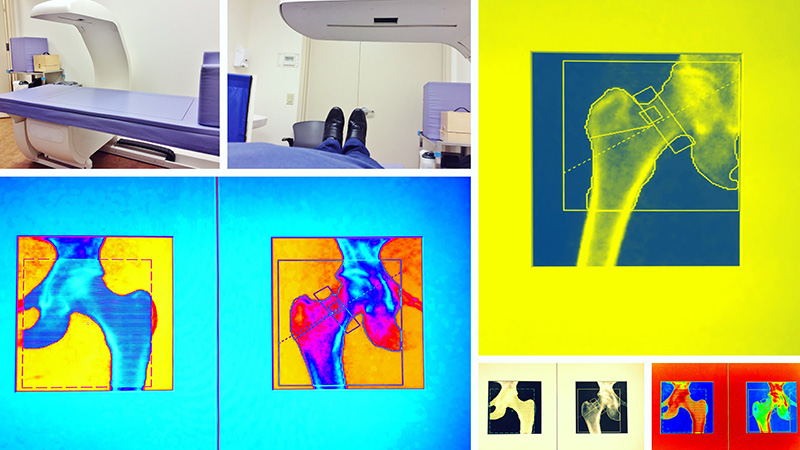TOPLINE:
Bone material strength index (BMSi) values remain low in patients with Cushing syndrome even after 6 years in remission, despite having comparable bone mineral density (BMD) values to matched control, suggesting that altered bone quality may contribute to ongoing bone fragility.
METHODOLOGY:
- Although BMD improves after remission of hypercortisolism in patients with Cushing syndrome, fracture rates remain elevated, suggesting that other bone quality factors may contribute to the increased risk.
- Researchers conducted a cross-sectional study to evaluate BMSi, another component of bone quality, in 60 patients with Cushing syndrome (median age, 56.5 years; 48 women) with or without fragility fracture who were in remission for at least 6 months and 60 matched control individuals without Cushing syndrome.
- BMSi was measured using a handheld microindenter device at the tibia; laboratory investigations, measurement of BMD, and vertebral fracture screening were also carried out.
- Remission was defined as insufficient cortisol secretion requiring hydrocortisone replacement therapy or normalized 24-hour urinary free cortisol, midnight salivary cortisol, and overnight dexamethasone suppression test.
TAKEAWAY:
- After remission, 53 patients (88.3%) remained dependent on hydrocortisone, with 30 (50%) still receiving hydrocortisone replacement at the time of BMSi measurement.
- Although BMD values were comparable between patients with Cushing syndrome and controls, BMSi values were significantly lower in the Cushing syndrome cohort (76.2 vs 80.5; P
- BMSi values were negatively correlated with body mass index in patients with Cushing syndrome (correlation coefficient, −0.354; P = .006) but not in controls.
- BMSi was low in patients with Cushing syndrome irrespective of the presence of fractures, use of hydrocortisone therapy, or other pituitary insufficiencies, indicating permanent impairment in tissue-level properties of the bone.
- Women with Cushing syndrome had lower BMSi values than men (75.6 vs 80.5; P = .032).
IN PRACTICE:
“Our data thus highlight that the follow-up of patients with [Cushing syndrome], not only of those with active disease but also of those in remission, should focus on bone health as well,” the authors wrote.
SOURCE:
The study was led by Manuela Schoeb, Center for Bone Quality, Department of Medicine, Division of Endocrinology, Leiden University Medical Center, Leiden, the Netherlands. It was published online in The Journal of Clinical Endocrinology & Metabolism (JCEM).
LIMITATIONS:
The study used a cross-sectional design, which was required by relative rarity of Cushing disease but prevented the evaluation of BMSi at the time of fracture occurrence and led to the inclusion of some patients treated with antiresorptive agents. Although the microindentation technique was performed by experienced operators, its novelty requires proper training for reliable results. The patient cohort was heterogeneous with respect to time and severity of exposure to steroids.
DISCLOSURES:
One author received support through a European Calcified Tissue Society Clinical Research Fellowship and an Exchange in Endocrinology Grant of the European Union of Medical Specialists. Another author reported being an unpaid member of the scientific board of Active Life Scientific and an editorial board member for JCEM.
This article was created using several editorial tools, including AI, as part of the process. Human editors reviewed this content before publication.
Source link : https://www.medscape.com/viewarticle/low-bone-strength-even-after-remission-cushing-syndrome-2024a1000mmd?src=rss
Author :
Publish date : 2024-12-09 07:55:02
Copyright for syndicated content belongs to the linked Source.
